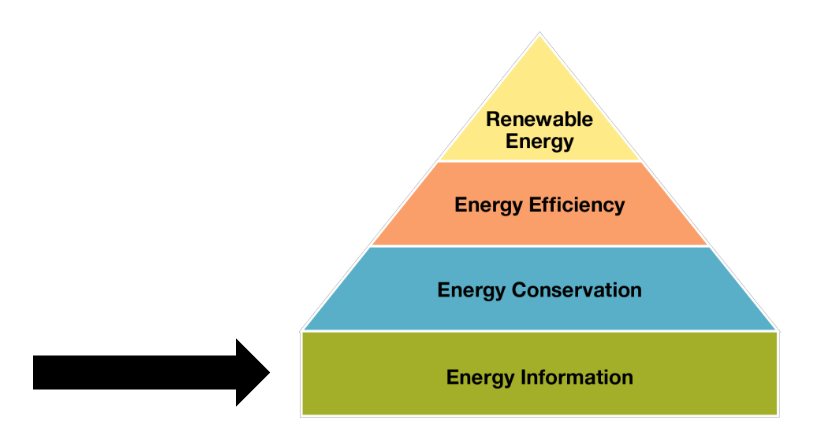“Energy management decisions should be based on data that is comprehensive, efficiently obtained, easy to analyze, and communicated widely. And selecting the right energy management information system (EMIS) and vendor is critical to meeting those goals.”
That was the message delivered by John Heinz, Chief Sales Officer at EnergyCAP, Inc., in a recent webinar. The webinar was primarily directed at higher education institutions; however, the content is relevant to any organization looking to implement or improve on a comprehensive utility bill accounting and energy management program.
John began the webinar by outlining what he labeled the “Four Rules of Effective Campus Energy Management:”
- Energy is not a fixed cost—Energy is a variable, controllable expense; it’s often an organization’s largest non-payroll expense.
- Plan for the long term—Establish a multi-year vision and document in a manner that is easy to understand and communicate.
- Include all stakeholders—Think beyond Facilities. Include accounting and financial leaders, executive management, and building occupants to create a culture of conservation.
- Make data-driven decisions—Don’t base your efforts solely on national averages. Know your facilities and your usage patterns.
Information that is accurate, timely, and comprehensive is the foundation to every effective energy management program.

Organizations frequently turn to an EMIS to meet that foundational need, looking for a system that gathers and analyzes data at the whole-building level, while seamlessly interfacing with systems—BAS, fault detection, etc.—that obtain and monitor more granular data.
In the webinar, John states that the primary mission of an EMIS is to “derive value from your energy information in the form of informative and actionable data.” He continues by highlighting the functionality that organizations should seek when shopping for an EMIS. Desirable features include online accessibility—critical in a work from home environment, low-labor data workflow, the ability to accurately track deregulated utilities, seamless integrations with other systems (think interval data and accounting), automated benchmarking, M&V, and others
{{cta(‘69474810-ed53-4b15-9d28-1cec3f9a357d’,’justifycenter’)}}
Multiple customer success stories were cited during the webinar, and John wrapped up his message by presenting three high-level benefits that a university shared after implementing EnergyCAP:
- Reduced labor costs due to more efficient utility bill processing and reporting (no longer using “the color-coded spreadsheet)
- Improved data visibility and usability
- Increased confidence in their data
I invite you to watch the webinar in its entirety at https://www.energycap.com/resources/webinars to learn more about becoming an effective data-driven energy manager and, if you haven’t already done so, how to select an EMIS that meets your organization’s objectives.
{{cta(‘fa481b81-57f1-4572-9fb8-53766a30ee84′,’justifycenter’)}}
 Best-in-class portfolio-level energy and utility bill data management and reporting.
Best-in-class portfolio-level energy and utility bill data management and reporting.
 Real-time energy and sustainability analytics for high-performance, net-zero buildings.
Real-time energy and sustainability analytics for high-performance, net-zero buildings.
 A holistic view of financial-grade scope 1, 2, and 3 carbon emissions data across your entire business.
A holistic view of financial-grade scope 1, 2, and 3 carbon emissions data across your entire business.
 Energy and sustainability benchmarking compliance software designed for utilities.
Energy and sustainability benchmarking compliance software designed for utilities.



